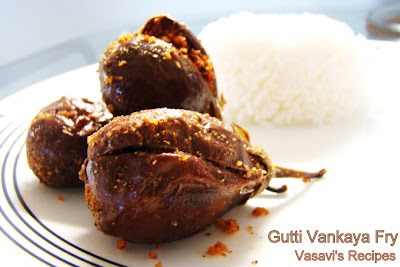You all might be aware that GHEE is used in almost every Indian cuisine. It is also often used in various religious ceremonies. Because of its medicinal and healing properties Ghee is also used in several ayurvedic medicines. Ghee is the richest source of milk fat of all Indian dairy products. It is the Indian counterpart of western butter. Coming to the nutritional value, it is rich in fat-soluble vitamins, especially, vitamin A and D.
The traditional way of preparing butter (the raw material for ghee) is to churn the curd / yogurt made by whole milk in an earthen pot with a wooden churn and collect all the froth formed on the top. After a sufficient amount of butter is accumulated this butter is melted and boiled on heat for several minutes until all the moisture is evaporated and the milk solids get separated and settled down at the bottom. After cooling for a while, it is filtered to get the resultant ghee. Today's commercial ghee manufacturers use cream separators to separate cream directly from the milk instead of curdling it.
Ghee prepared in the northern parts of the India will be very light yellow colored and usually has higher moisture content due to under heat treatment while that produced in the southern parts is almost closer to golden color and is slightly over heated. The over heating and under heating depends upon the individual taste and preferences. Both have different flavors.
We, in our family, all like the light golden colored ghee with a grainy texture and in this method which I use, the milk solids turn almost black or dark coffee brown color. We call it godavari. Even that can be eaten by adding little sugar to it. It's one of my favorite. In my post I'm showing you both the pictures light yellow colored ghee and golden colored ghee.
Ours is a ghee business in India. I can say it's a family business. Wholesale and retail suppliers of ghee to any part in India. Initially my hub's grandfather started a very small home based ghee business. They used to go to individual house to collect the butter people make in their homes. Later on, my Father-in-Law improved this business in a commercial way. Then my Brother-in-Law (hub's elder brother) too joined him. They buy cream in bulk from various dairies, prepare ghee and supply to the sellers. Also local milk-men bring their milk daily, get the cream separated and take away the milk.
What I used:
Just the Unsalted Butter : 16 oz (450 gms)
How I did:
- There are chances that butter may overflow when you boil it. To avoid that, you need a very deep and wide vessel, preferably non-stick saucepan with high sides, to make ghee. Make sure that the vessel can fit atleast almost double the quantity of butter you are using.
- It can be boiled on any level of flame from high to low. Whatever flame you use, it has be the same during the entire process of boiling the butter. Do not the increase or decrease the flame at any point of boiling. I prefer boiling it on a medium low flame. When it is boiled on high flame, there are chances of overflowing and get burnt easily and when it is boiled on very low flame it take a long time. And hence the medium flame. Make sure that your presence is absolutely necessary during boiling the butter to obtain the desired color and texture. So try to avoid distractions.
- Melt butter in the saucepan on medium low flame uncovered. It takes almost two to three minutes for the butter to melt and start boiling. Small white curd like things start separating from the butter.
- Then gradually it starts spluttering and crackling. When this is subsided, ghee starts foaming. In the northern parts of India, ghee is now taken off the heat. To obtain a darker color and reduce the moisture content, continue boiling. Keep stirring in between with a wooden spatula until the foam reduces to minimum.

- Once you see a change in the color of the foam, try to see the bottom by siding the foam with the spatula. You can observe the milk solids turn to golden brown at the bottom. Now the ghee is ready. At this point you have to be very attentive, as it may get burnt easily.
- Take the saucepan off the stove and transfer to another vessel to let cool for a while. Transfer it to air tight container by filtering it through a very fine sieve or alternatively any sieve lined with two layers of cheesecloth. Once filtered, leave it untouched until it is completely cooled. This is required if you want the texture of your ghee to be grainy.
Note: Once the ghee is completely cooled and solidified, it would be in semi-solid state. Most of the people remelt ghee as it makes the serving easier. One important thing to remember is never remelt the ghee else it will loose its texture and hardens when cooled.














